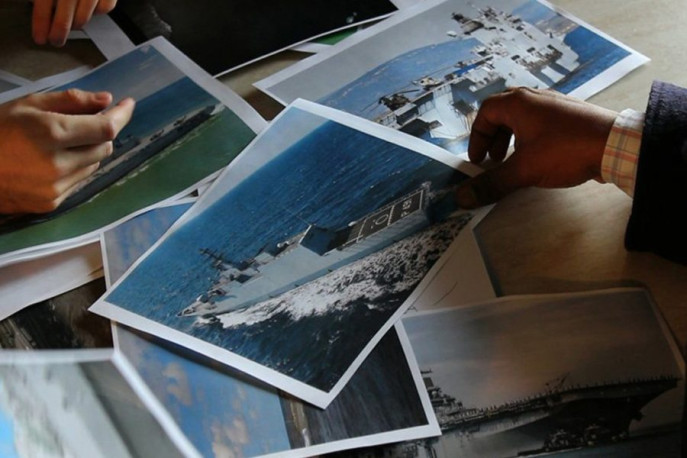
by: Ellen C. Caldwell
for JSTOR Daily
The exhibit “It is obvious from the map” opens at the REDCAT in Los Angeles in March and its topic could not be more timely. The exhibit will showcase and compare a variety of maps such as those made and distributed by migrants via mobile technology and pen and paper, along with those produced by computers for governmental agencies in order to assist in tracking migrants.
Tapping into research by Charles Heller and Lorenzo Pezzani, the exhibit will also look at these researchers’ reconstruction maps which chart migrant routes through the Mediterranean using data from complex tracking systems. As REDCAT explains, “These maps reveal how the suffering of migrants is obsessively watched yet murderously neglected by the various forces tasked with their surveillance and control.”
In 2013, Bradley Samuels highlighted a case study undertaken in collaboration with Heller and Pezzani in a special issue of American Society of International Law, called International Law in a Multipolar World. The case looks at the 2011 crisis in Libya that involved 72 people fleeing by boat from from Tripoli. After making it about halfway to Italy, the boat ran out of fuel and spent the next two weeks drifting without water or food. Ultimately only seven people survived. The survivors’ accounts were upsetting, as would be expected, but of particular concern was the many “series of interactions they had with other actors while at sea.” And yet the majority of those on the boat still died, without any aid.
